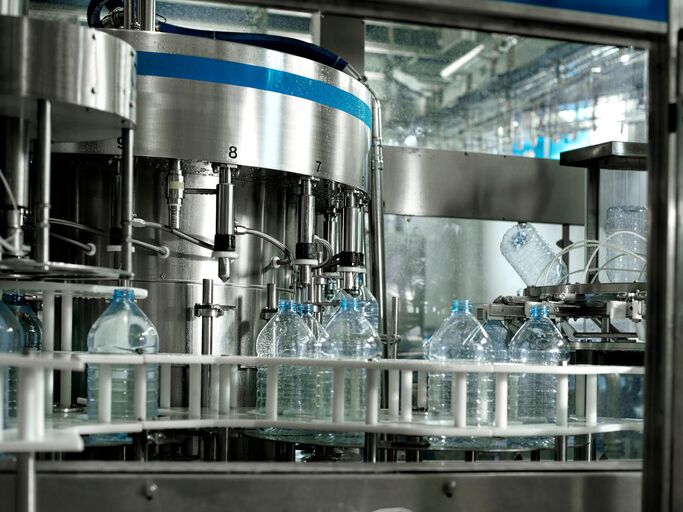 Recycling is an essential part of global waste management. While much of our waste still goes into landfills or incinerators, the portion of waste that’s recycled has been steadily rising over the past few decades, especially in regards to plastic.
Recycling is an essential part of global waste management. While much of our waste still goes into landfills or incinerators, the portion of waste that’s recycled has been steadily rising over the past few decades, especially in regards to plastic.
Most recycling processes are handled with purely mechanical systems for sorting plastic products. Machine vision is playing an important role in the sorting of plastic for recycling, helping to automate mechanical processes for greater accuracy and efficiency.
Why is Machine Vision Important in Plastic Recycling?
In recycling, there are two major drivers of profitability: product purity and process efficiency. Machine vision can quickly identify waste products and which category of waste products they are. This enables further automation of the recycling process, leading to greater efficiencies in recycling and greater profitability.
Further, machine vision can more accurately identify and categorize waste products than slower mechanical processes. This can sometimes lead to product qualities nearing 100%. This type of purity can nearly double the value of a recycled product, directly leading to greater profitability for recycling companies.
How is Machine Vision Used in Plastic Recycling?
Plastic is inherently difficult to sort in large drums as their chemical compositions vary greatly but their size and weight is similar. Machine vision is used to distinguish between different types of plastics to achieve higher product quality in a shorter amount of time.
Many recycling facilities that leverage machine vision technology deploy hyperspectral or multispectral vision systems after an initial mechanical sorting of plastic items. Hyperspectral and multispectral vision systems are useful for categorizing black plastics. Traditional vision systems have a hard time identifying black plastics as the coloring absorbs most of the signal – short wave infrared (SWIR) vision systems in particular help solve this issue.
Essentially, machine vision systems are used to sort plastics in processes where mechanical solutions fall short and endanger product quality and efficiency.
Machine vision improves the profitability of plastics recycling through greater product quality and efficiency in sorting processes. The accuracy and speed of machine vision systems brings many benefits to recycling facilities.
To learn more, browse Teledyne Dalsa machine vision cameras from Phase 1 Technology. Dalsa is one of the world’s premier suppliers of machine vision components and a leader in providing machine vision solutions for recycling processes.
